The sulfur miners of Indonesia’s Kawah Ijen volcano embark on a journey few would dare to undertake. Each day, under the cover of darkness, they descend into the crater of one of the world’s most active volcanoes, where toxic fumes mingle with the cool night air. Their goal is simple yet perilous: to extract the bright yellow sulfur crystals that form near the volcano’s acidic lake. For generations, these men have braved the harsh conditions, carrying heavy loads up steep, rocky paths, all for a wage that barely sustains their families.
The Kawah Ijen volcano, located in East Java, is famous for its surreal blue flames, a phenomenon caused by the combustion of sulfuric gases. But for the miners, the volcano is not a tourist attraction—it is a workplace fraught with danger. The air inside the crater is thick with sulfur dioxide, a gas that burns the lungs and eyes. Without proper protective gear, many of the miners suffer from chronic respiratory problems. Yet, they continue their work, driven by economic necessity and a lack of alternatives.
The extraction process is as grueling as it is ancient. Using metal pipes, the miners channel the sulfur-rich gases from fissures in the rock. As the gases cool, they condense into liquid sulfur, which then solidifies into vibrant yellow slabs. The miners break these slabs into smaller pieces and load them into baskets, each weighing between 70 to 90 kilograms. Balancing these heavy loads on their shoulders, they make the treacherous climb out of the crater, often navigating narrow, slippery trails in near-total darkness.
Despite the physical toll, the miners take pride in their work. Many of them come from nearby villages where opportunities are scarce. The sulfur trade, though dangerous, provides a steady income in a region where jobs are hard to come by. Some miners have spent decades in the crater, passing down their knowledge and techniques to younger generations. Their resilience is a testament to the human spirit, but it also highlights the stark realities of labor in developing economies.
The global demand for sulfur has fluctuated over the years, but it remains a crucial component in industries ranging from agriculture to manufacturing. Most of the sulfur mined at Kawah Ijen is used locally, particularly in the production of fertilizers and matches. However, the miners see little of the profits generated by these industries. Their earnings are meager, often amounting to just a few dollars per day. For many, the risks they take are not commensurate with the rewards, yet they have few other options.
Tourism has brought some additional income to the region, but it has also introduced new challenges. Visitors flock to Kawah Ijen to witness the blue flames and the striking landscapes, often unaware of the harsh conditions faced by the miners. Some tourists even attempt to interact with the workers, offering small tips for photographs. While these interactions provide occasional extra income, they also underscore the disparity between the miners’ lives and the privileged gaze of outsiders.
The Indonesian government has made some efforts to improve conditions for the miners, including providing basic protective equipment and occasional health check-ups. However, these measures are often insufficient. Many miners still lack proper masks or gloves, and access to medical care remains limited. Advocacy groups have called for better regulations and support for the workers, but progress has been slow. For now, the miners continue to rely on their own strength and ingenuity to survive.
As the sun rises over Kawah Ijen, the miners begin their descent back into the crater, their silhouettes stark against the glowing sulfur deposits. Their work is a reminder of the sacrifices made by countless laborers in the shadows of global industry. The yellow crystals they extract may end up in products used worldwide, but the men who harvest them remain largely invisible. Their story is one of endurance, hardship, and an unyielding determination to provide for their families, no matter the cost.
In the end, the sulfur miners of Kawah Ijen are more than just workers—they are the keepers of a tradition that spans generations. Their lives are intertwined with the volcano, a relationship as volatile as the gases they harvest. While the world marvels at the beauty of the blue flames, it is the miners who truly understand the fire that fuels their existence.
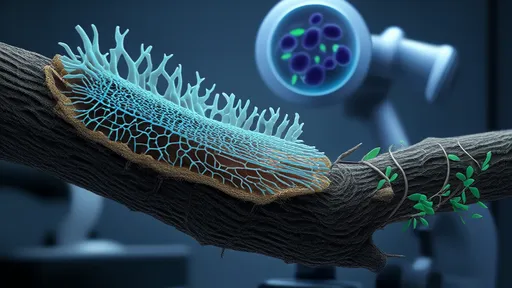
By /Jul 16, 2025

By /Jul 16, 2025

By /Jul 16, 2025

By /Jul 16, 2025

By /Jul 16, 2025

By /Jul 16, 2025

By /Jul 16, 2025

By /Jul 16, 2025
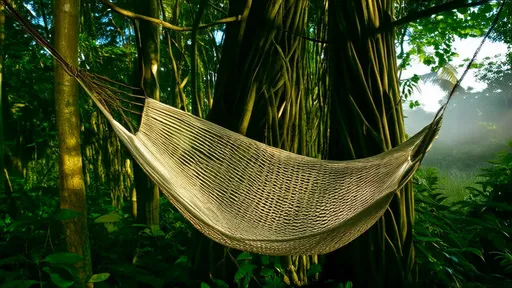
By /Jul 16, 2025

By /Jul 16, 2025
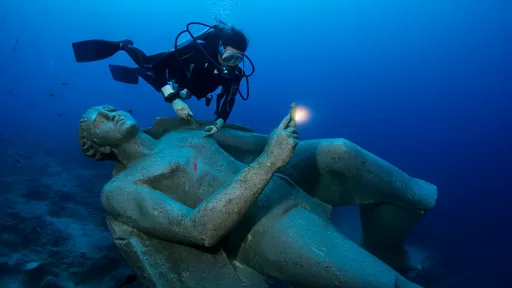
By /Jul 16, 2025

By /Jul 16, 2025

By /Jul 16, 2025
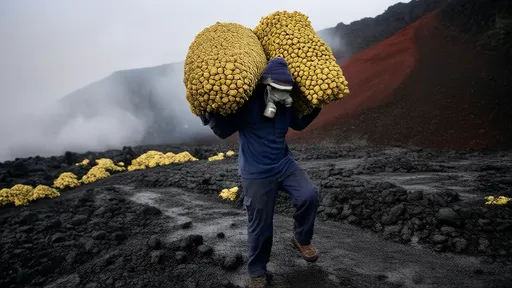
By /Jul 16, 2025
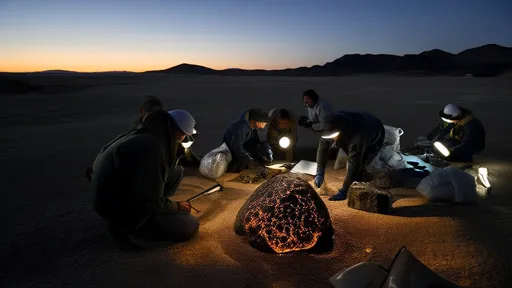
By /Jul 16, 2025
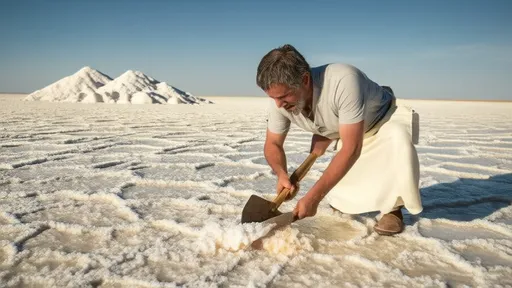
By /Jul 16, 2025
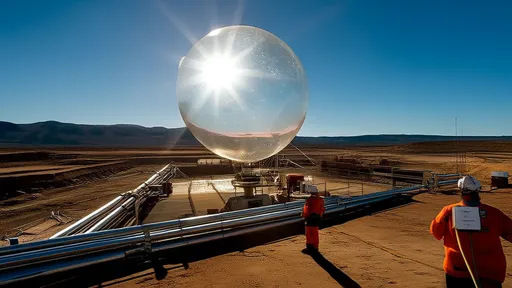
By /Jul 16, 2025

By /Jul 16, 2025